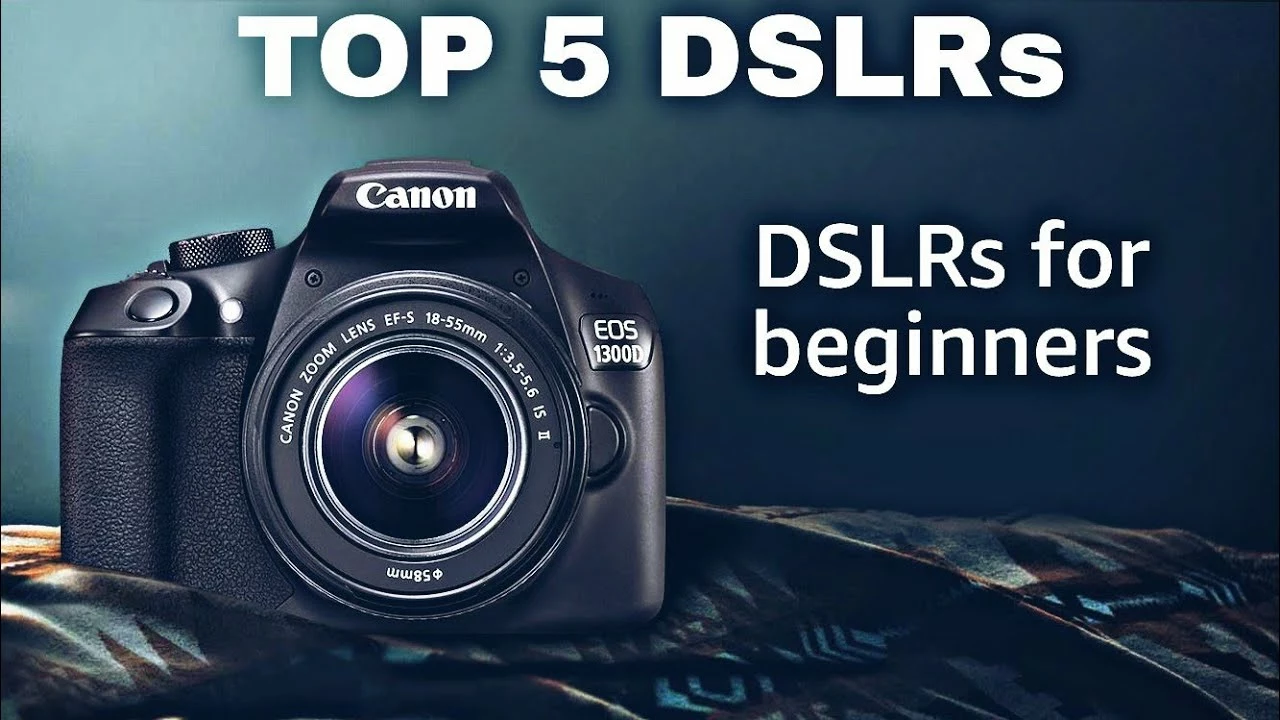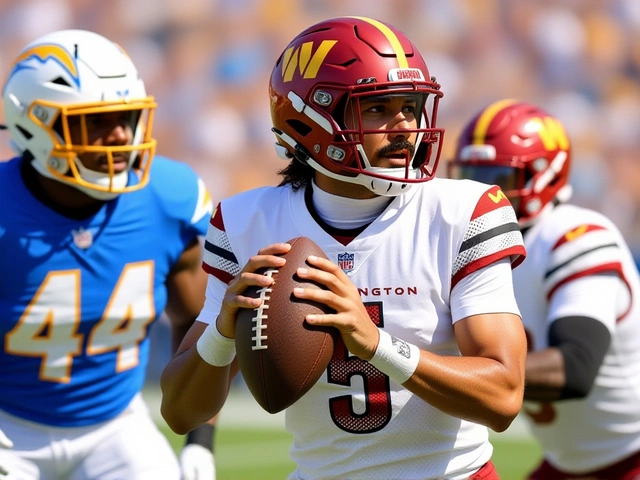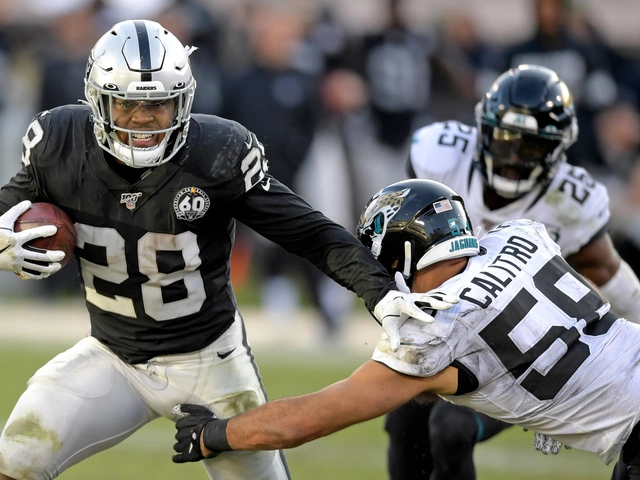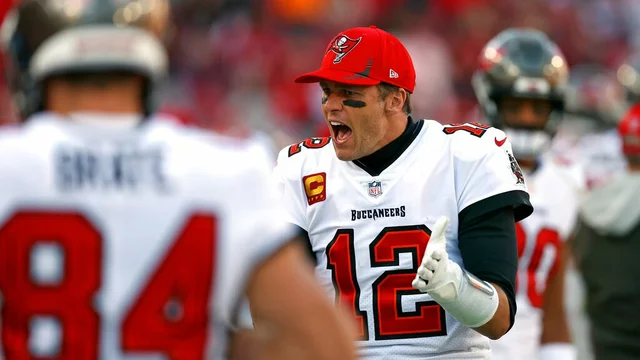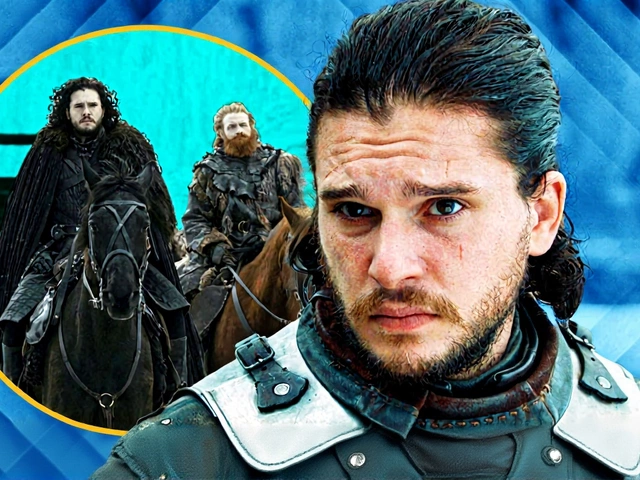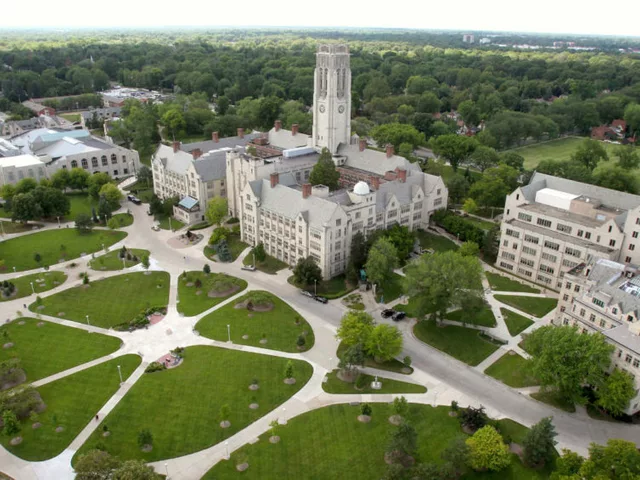Shutter Speed: What It Is and Why It Matters in Sports Photography
When you hear the term “shutter speed,” think of it as the amount of time the camera’s sensor is exposed to light. In sports, that time decides whether you freeze a player’s sprint or end up with a blurry streak.
Most cameras let you set the speed in fractions of a second. A fast speed—like 1/2000 sec—lets you catch a clean shot of a soccer kick. A slow speed—like 1/30 sec—creates a blur that shows motion but hides detail. The right balance gives you sharp images without a dark picture.
How Shutter Speed Affects Motion
Fast speeds stop motion. If a basketball player is jumping, a 1/4000 sec exposure freezes the pose at the peak of the jump. Slow speeds, on the other hand, let the subject move while the sensor records, resulting in a trail that conveys speed.
Two things control the final look: the subject’s speed and the distance it travels during the exposure. A fast runner covers a few meters in a fraction of a second, so you need a very fast shutter to keep the legs sharp. A slower runner can be captured with a slightly slower speed and still look good.
Lighting also matters. The faster the shutter, the less light reaches the sensor, so you may need a higher ISO or a wider aperture to keep the image bright.
Choosing the Right Speed for Different Sports
Here’s a quick cheat sheet. For fast‑ball sports like baseball or tennis, start around 1/2000 sec to freeze the ball. For football or rugby, 1/1000 sec usually does the trick because the players move quickly but there’s more space.
If you’re shooting track events, you’ll often need 1/4000 sec or faster to catch a sprinter’s stride. For slower sports—like golf or rowing—1/500 sec is often enough, and you can lower the ISO for cleaner images.
Experiment with “panning” too. Set a slower speed (1/125 sec to 1/250 sec), follow the athlete with the camera, and you’ll get a sharp subject with a blurred background, giving a sense of speed without losing detail.
Remember to check your camera’s ‘shutter priority’ mode (usually marked S or Tv). You set the speed, and the camera adjusts aperture automatically, which is handy on the go.
In short, pick a speed that matches the sport’s pace, balance light with ISO or aperture, and test a few shots. Within a few tries you’ll know the sweet spot for snapping crisp, dynamic sports photos.
